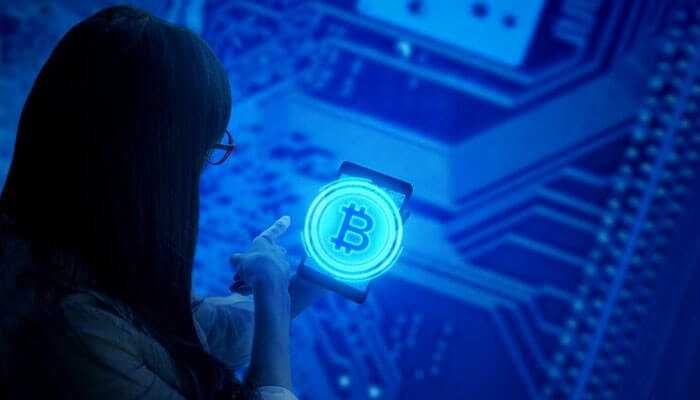Bitcoin, a revolutionary digital currency, has transformed financial transactions worldwide. This guide delves into the crucial aspects of safely receiving and managing BTC, providing essential knowledge to navigate this innovative yet complex digital landscape effectively. Safely Receiving BTC requires not only secure practices but also smart trading strategies, utilizing automated solutions for investors. Navigating volatility is key to successfully managing these strategies in the dynamic cryptocurrency market.
Setting Up Your Bitcoin Wallet
Setting up a Bitcoin wallet is a critical step in the journey of engaging with digital currency. A wallet not only stores your Bitcoin but also serves as your personal interface to the Bitcoin network. It’s essential to approach this step with care and understanding, as the security and accessibility of your Bitcoin heavily depend on the choices you make here.
The first decision in setting up your Bitcoin wallet involves choosing the right type. There are several types of wallets, each offering different levels of security and accessibility. Hardware wallets, for example, offer robust security by storing your private keys offline. They are immune to online hacking attempts but can be less convenient for frequent transactions. On the other hand, software wallets are more user-friendly and easily accessible from your computer or smartphone but are more vulnerable to online threats.
Once you’ve selected the type of wallet that best suits your needs, the next step is to set it up. For hardware wallets, this process involves initializing the device and setting a secure PIN. You will also need to write down the recovery phrase, a crucial set of words that allows you to regain access to your funds if the device is lost or damaged.
For software wallets, installation involves downloading the application from a reliable source and following the setup instructions. Like hardware wallets, you will generate a recovery phrase during the setup process. Be sure to secure this phrase as diligently as you would for a hardware wallet.
The Process of Receiving Bitcoin Safely
At the core of receiving Bitcoin is the use of a Bitcoin address. A Bitcoin address is a string of alphanumeric characters that functions similarly to a bank account number. It’s unique to each user and is generated by your Bitcoin wallet. When you’re ready to receive Bitcoin, you provide this address to the sender.
Once a transaction is initiated, it’s broadcast to the Bitcoin network. Here, miners work to confirm the transaction and add it to a block on the blockchain. This process typically takes about ten minutes but can vary depending on network congestion and the transaction fee set by the sender. Higher fees can expedite the process as they incentivize miners to prioritize your transaction.
After the transaction is confirmed, the funds appear in your wallet. However, the best practice is to wait for multiple confirmations from the network, usually six, which significantly diminishes the risk of a double-spend attack, where the same Bitcoin could be fraudulently spent twice.
Security during this process is paramount. Ensuring the safety of your private keys—digital codes that allow you to access and spend your Bitcoin—is crucial. If someone else gains access to your private keys, they can control your Bitcoin. Therefore, keeping your wallet secure and your private keys private is non-negotiable.
Best Practices for Bitcoin Safety
One fundamental aspect of Bitcoin safety is the secure management of private keys. Private keys are akin to the keys to a vault; whoever possesses them has access to the Bitcoin they unlock. Therefore, it’s crucial to store them in a manner that is both secure and inaccessible to unauthorized parties.
Using hardware wallets, which store private keys offline, is a highly recommended method. These devices are immune to online hacking attempts and provide a robust barrier against digital theft. Additionally, backing up your private keys, ideally in a physically secure location like a safe or a safety deposit box, can protect against loss due to hardware failure or other unforeseen circumstances.
Another vital practice is the regular updating of wallet software. Updates often include security enhancements and patches for known vulnerabilities. Delaying these updates can leave your wallet exposed to emerging threats. Thus, ensuring your wallet software, whether it’s a hardware or software wallet, is always up-to-date is a key step in protecting your Bitcoin.
Awareness and avoidance of common scams and frauds in the cryptocurrency space are also essential. Phishing attacks, where scammers trick you into revealing sensitive information like your private keys or wallet passwords, are common. Always be cautious with emails or messages that ask for this information or direct you to websites to enter your wallet details.
Conclusion
Mastering the safe handling of Bitcoin is key to leveraging its potential. This guide has equipped you with vital insights and best practices, ensuring your journey in the world of Bitcoin is secure, informed, and aligned with the latest security standards.



